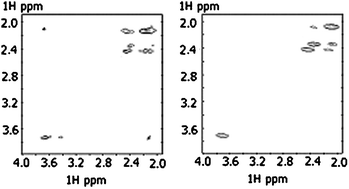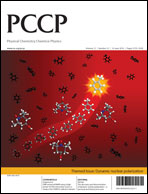Slice-selective single scan protonCOSY with dynamic nuclear polarisation
Abstract
Short acquisition time and single scan capability of gradient-assisted ultrafast multidimensional

- This article is part of the themed collection: High field dynamic nuclear polarization – The renaissance

 Please wait while we load your content...
Please wait while we load your content...